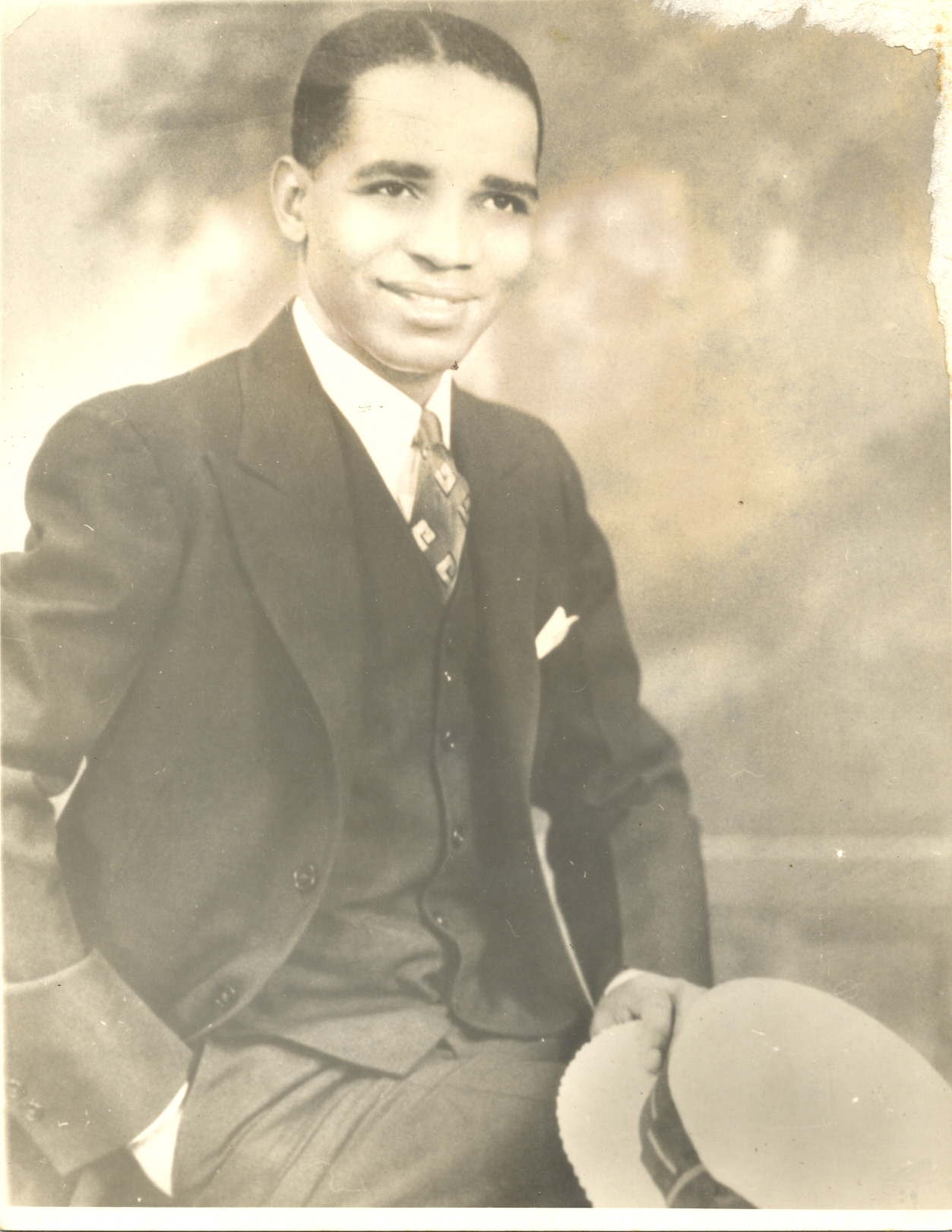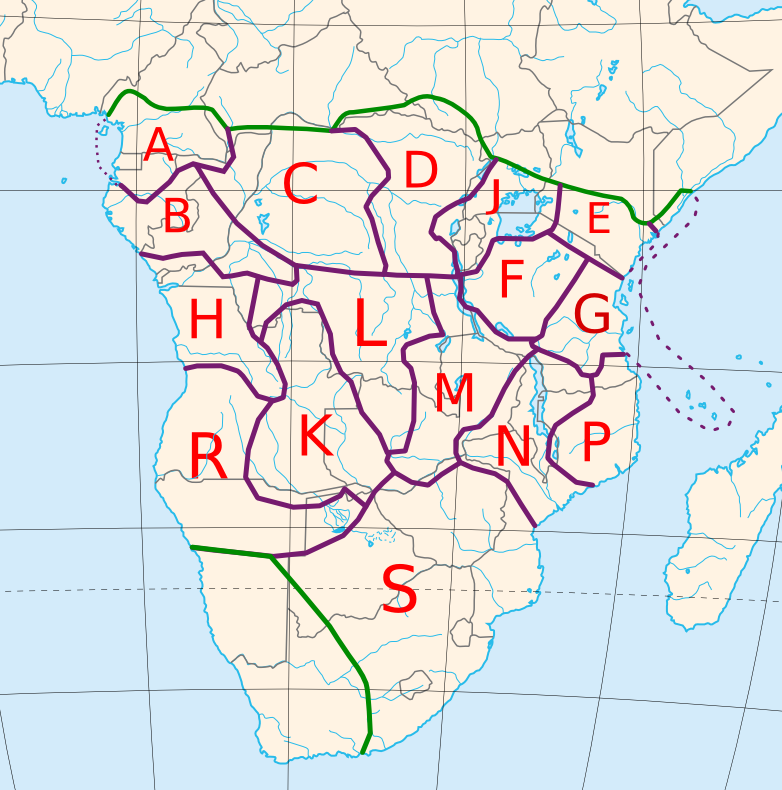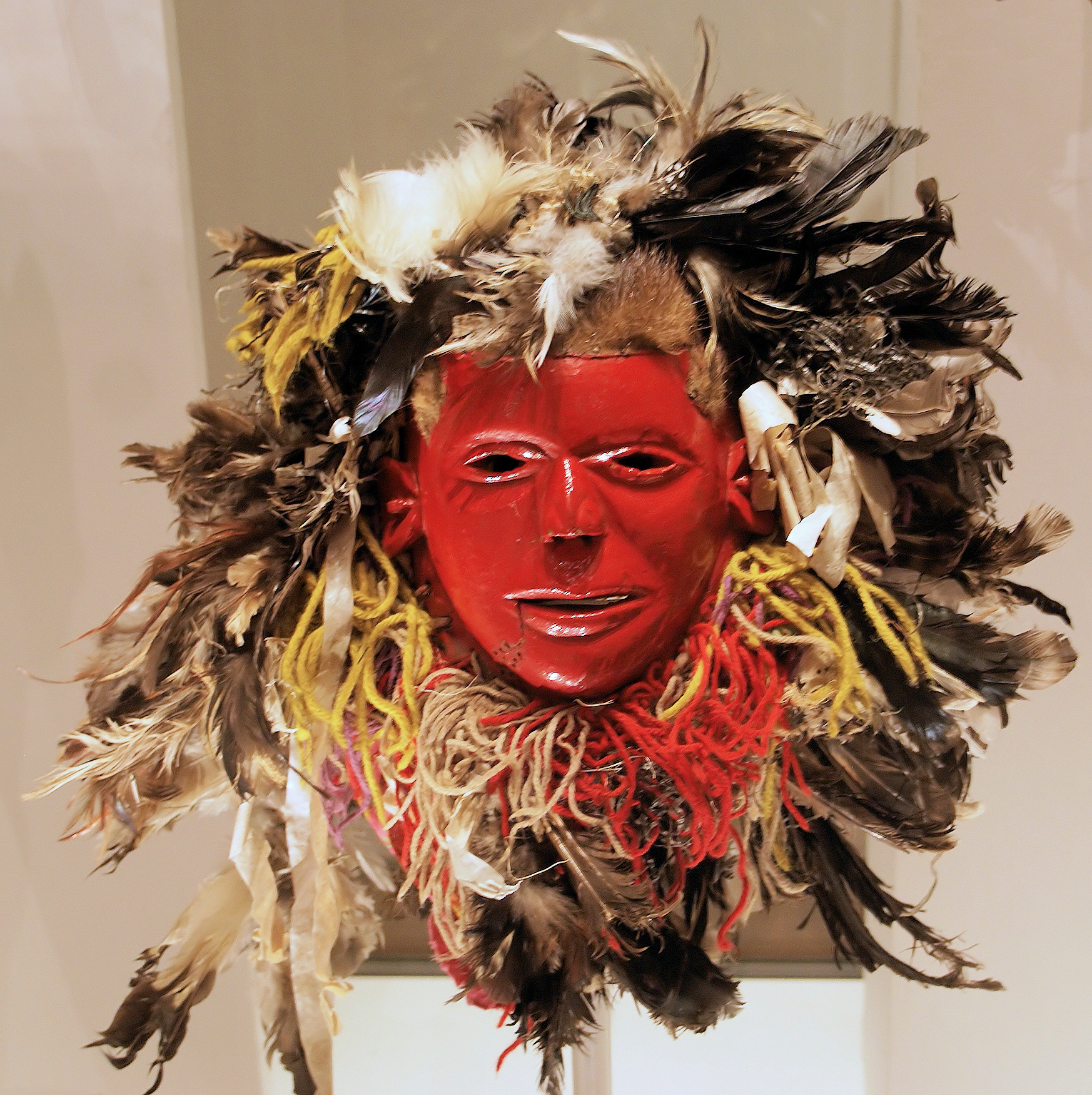|
Chichewa
Chewa (also known as Nyanja, ) is a Bantu language spoken in much of Southern, Southeast and East Africa, namely the countries of Malawi , where it is an official language, and Mozambique and Zambia. The noun class prefix ''chi-'' is used for languages, so the language is usually called and (spelled in Portuguese). In Malawi, the name was officially changed from Chinyanja to Chichewa in 1968 at the insistence of President Hastings Kamuzu Banda (himself of the Chewa people), and this is still the name most commonly used in Malawi today. In Zambia, the language is generally known as Nyanja or '(language) of the lake' (referring to Lake Malawi). Chewa belongs to the same language group ( Guthrie Zone N) as Tumbuka, Sena and Nsenga. Distribution Chewa is the most widely known language of Malawi, spoken mostly in the Central and Southern Regions of that country. "It is also one of the seven official African languages of Zambia, where it is spoken mostly in the Eastern Provi ... [...More Info...] [...Related Items...] OR: [Wikipedia] [Google] [Baidu] |
Hastings Banda
Hastings Kamuzu Banda (1898 – 25 November 1997) was the prime minister and later president of Malawi from 1964 to 1994 (from 1964 to 1966, Malawi was an independent Dominion / Commonwealth realm). In 1966, the country became a republic and he became the first president as a result. After receiving much of his education in ethnography, linguistics, history, and medicine overseas, Banda returned to Nyasaland to speak against colonialism and advocate independence from the United Kingdom. He was formally appointed Prime Minister of Nyasaland, and led the country to independence in 1964. Two years later, he proclaimed Malawi a republic with himself as the first president. He consolidated power and later declared Malawi a one-party state under the Malawi Congress Party (MCP). In 1970, the MCP made him the party's President for Life. In 1971, he became President for Life of Malawi itself. A renowned anti-communist leader in Africa, he received support from the Western Bloc durin ... [...More Info...] [...Related Items...] OR: [Wikipedia] [Google] [Baidu] |
Tumbuka Language
The Tumbuka language is a Bantu language which is spoken in the Northern Region of Malawi and Zambia in the districts of Lundazi, Lumezi, and Chasefu.Michigan State University African Studies Center information page It is also known as or — the ''chi-'' prefix in front of ''Tumbuka'' means "in the manner of", and is understood in this case to mean "the language of the ". Tumbuka belongs to the same language group ( Guthrie Zone N) as [...More Info...] [...Related Items...] OR: [Wikipedia] [Google] [Baidu] |
Malawi
Malawi (; or aláwi Tumbuka: ''Malaŵi''), officially the Republic of Malawi, is a landlocked country in Southeastern Africa that was formerly known as Nyasaland. It is bordered by Zambia to the west, Tanzania to the north and northeast, and Mozambique to the east, south and southwest. Malawi spans over and has an estimated population of 19,431,566 (as of January 2021). Malawi's capital (and largest city) is Lilongwe. Its second-largest is Blantyre, its third-largest is Mzuzu and its fourth-largest is its former capital, Zomba. The name ''Malawi'' comes from the Maravi, an old name for the Chewa people who inhabit the area. The country is nicknamed "The Warm Heart of Africa" because of the friendliness of its people. The part of Africa now known as Malawi was settled around the 10th century by migrating Bantu groups . Centuries later, in 1891, the area was colonised by the British and became a protectorate of the United Kingdom known as Nyasaland. In 1953, it b ... [...More Info...] [...Related Items...] OR: [Wikipedia] [Google] [Baidu] |
Bantu Languages
The Bantu languages (English: , Proto-Bantu: *bantʊ̀) are a large family of languages spoken by the Bantu people of Central, Southern, Eastern africa and Southeast Africa. They form the largest branch of the Southern Bantoid languages. The total number of Bantu languages ranges in the hundreds, depending on the definition of "language" versus "dialect", and is estimated at between 440 and 680 distinct languages."Guthrie (1967-71) names some 440 Bantu 'varieties', Grimes (2000) has 501 (minus a few 'extinct' or 'almost extinct'), Bastin ''et al.'' (1999) have 542, Maho (this volume) has some 660, and Mann ''et al.'' (1987) have ''c.'' 680." Derek Nurse, 2006, "Bantu Languages", in the ''Encyclopedia of Language and Linguistics'', p. 2:Ethnologue report for Southern Bantoid" lists a total of 535 languages. The count includes 13 Mbam languages, which are not always included under "Narrow Bantu". For Bantuic, Linguasphere has 260 outer languages (which are equivalent to lan ... [...More Info...] [...Related Items...] OR: [Wikipedia] [Google] [Baidu] |
Chewa People
The Chewa (or AChewa) are a Bantu ethnic group native to central and southern Africa and the largest ethnic group in Malawi. The Chewa are closely related to people in surrounding regions such as the Tumbuka and Nsenga. They are historically also related to the Bemba, with whom they share a similar origin in the Democratic Republic of the Congo. As with the Nsenga and Tumbuka, a small part of Chewa territory came under the influence of the Ngoni, who were of Zulu or Natal/ Transvaal origin. An alternative name, often used interchangeably with Chewa, is Nyanja. Their language is called Chichewa. Internationally, the Chewa are mainly known for their masks and their secret societies, called Nyau, as well as their agricultural techniques. The Chewa (like the Nyanja, Tumbuka, Senga, Nsenga, Mang'anja) are a remnant of the Maravi (Malawi) people or empire. There are two large Chewa clans, the Phiri and Banda, with a population of 1.5 million people. The Phiri are associated ... [...More Info...] [...Related Items...] OR: [Wikipedia] [Google] [Baidu] |
Mwangwego Alphabet
The Mwangwego script is an abugida writing system developed for Malawian languages and other African Bantu languages by linguist Nolence Mwangwego in 1977. It is one of several indigenous scripts invented for local language communities in Africa. History About the creator Nolence Moses Mwangwego was born on July 1, 1951 in Mwinilunga District in what was then Northern Rhodesia (now modern Zambia); his roots come from Yaphet Mwakasungula village in the area of Paramount chief Kyungu in Karonga District of the former Nyasaland (now modern Malawi). He speaks and writes Chewa, Tumbuka, Kyangonde, English, French, and Portuguese. He is currently working as teacher of French at the French Cultural Center, in Blantyre. He was installed the headman of his village as Yaphet Mwakasungula IV on December 29, 1997. He is married to Ellen Kalobekamo and has four children. Development and dissemination The idea for a Malawian script came on November 10, 1977, in Paris, when Mwangwego disc ... [...More Info...] [...Related Items...] OR: [Wikipedia] [Google] [Baidu] |
Sena Language
Sena is a Bantu language spoken in the four provinces of central Mozambique (Zambezi valley): Tete, Sofala, Zambezia and Manica. There were an estimated 900,000 native Sena speakers in Mozambique in 1997, with at least 1.5 million if including those who speak it as a second language. It is one of the Nyasa languages. Sena is spoken in several dialects, of which Rue (also called Barwe or Cibalke) and Podzo are divergent. The Sena of Malawi may be a distinct language. Barwe (Chibarwe) has official recognition in Zimbabwe Zimbabwe (), officially the Republic of Zimbabwe, is a landlocked country located in Southeast Africa, between the Zambezi and Limpopo Rivers, bordered by South Africa to the south, Botswana to the south-west, Zambia to the north, and Mozam .... Some remarks on Sena tenses can be found in Funnell (2004), Barnes & Funnell (2005) and in Kiso (2012). Phonology Vowels Consonants * Labialized sounds can also be heard as retroflex among diffe ... [...More Info...] [...Related Items...] OR: [Wikipedia] [Google] [Baidu] |
Maravi
Maravi was a kingdom which straddled the current borders of Malawi, Mozambique, and Zambia, in the 16th century. The present-day name " Maláŵi" is said to derive from the Chewa word "malaŵí", which means "flames". History At its greatest extent, the state included territory from the Tonga and Tumbuka people's areas in the north to the Lower Shire in the south, and as far west as the Luangwa and Zambezi river valleys. Maravi's rulers belonged to the Mwale matriclan and held the title Kalonga. They ruled from Manthimba, the secular/administrative capital, and were the driving force behind the state's establishment. Meanwhile, the patrilineal Banda clan, which traditionally provided healers, sages and metallurgists, took care of religious affairs from their capital Mankhamba near Nthakataka. After contact with the Portuguese, trade intensified. It included such items as beads of the Khami type and Chinese porcelain imported via Portuguese intermediaries. In the 19th ... [...More Info...] [...Related Items...] OR: [Wikipedia] [Google] [Baidu] |
Southern Bantoid Languages
Southern Bantoid (or South Bantoid) is a branch of the Bantoid language family. It consists of the Bantu languages along with several small branches and isolates of eastern Nigeria and west-central Cameroon (though the affiliation of some branches is uncertain). Since the Bantu languages are spoken across most of Sub-Saharan Africa, Southern Bantoid comprises 643 languages as counted by '' Ethnologue'', though many of these are mutually intelligible. History Southern Bantoid was first introduced by Williamson in a proposal that divided Bantoid into North and South branches. The unity of the North Bantoid group was subsequently called into question, and Bantoid itself may be polyphyletic, but the work did establish Southern Bantoid as a valid genetic unit, something that has not happened for (Narrow) Bantu itself. Internal classification According to Williamson and Blench, Southern Bantoid is divided into the various Narrow Bantu languages, Jarawan, Tivoid, Beboid, Mamfe ... [...More Info...] [...Related Items...] OR: [Wikipedia] [Google] [Baidu] |
Swahili Language
Swahili, also known by its local name , is the native language of the Swahili people, who are found primarily in Tanzania, Kenya and Mozambique (along the East African coast and adjacent litoral islands). It is a Bantu language, though Swahili has borrowed a number of words from foreign languages, particularly Arabic, but also words from Portuguese, English and German. Around forty percent of Swahili vocabulary consists of Arabic loanwords, including the name of the language ( , a plural adjectival form of an Arabic word meaning 'of the coast'). The loanwords date from the era of contact between Arab slave traders and the Bantu inhabitants of the east coast of Africa, which was also the time period when Swahili emerged as a lingua franca in the region. The number of Swahili speakers, be they native or second-language speakers, is estimated to be approximately 200 million. Due to concerted efforts by the government of Tanzania, Swahili is one of three official languag ... [...More Info...] [...Related Items...] OR: [Wikipedia] [Google] [Baidu] |
Voyager Golden Record
The Voyager Golden Records are two phonograph records that were included aboard both Voyager spacecraft launched in 1977. The records contain sounds and images selected to portray the diversity of life and culture on Earth, and are intended for any intelligent extraterrestrial life form who may find them. The records are a time capsule. Although neither Voyager spacecraft is heading toward any particular star, ''Voyager 1'' will pass within 1.6 light-years' distance of the star Gliese 445, currently in the constellation Camelopardalis, in about 40,000 years. Carl Sagan noted that "The spacecraft will be encountered and the record played only if there are advanced space-faring civilizations in interstellar space, but the launching of this 'bottle' into the cosmic 'ocean' says something very hopeful about life on this planet." Background The ''Voyager 1'' probe is currently the farthest human-made object from Earth. Both ''Voyager 1'' and ''Voyager 2'' have reached int ... [...More Info...] [...Related Items...] OR: [Wikipedia] [Google] [Baidu] |
Niassa, Mozambique
Niassa is a province of Mozambique. It has an area of 129,056 km2 and a population of 1,810,794 (2017). It is the most sparsely populated province in the country. Lichinga is the capital of the province. There are a minimum estimated 450,000 Yao people living in Mozambique. They largely occupy the eastern and northern part of the Niassa province and form about 40% of the population of Lichinga, the capital of this province. The Ruvuma River forms much of the northern boundary of the province with Ruvuma Region, Tanzania while Lake Niassa forms the western border of the province, separating it from Malawi. 75% of the province remains untouched by development, and remains free of landmines. The province shares the Niassa National Reserve with neighboring Cabo Delgado Province. Districts Niassa Province is divided into the 15 districts of: *Cuamba District *Lago District *Lichinga District * Majune District *Mandimba District * Marrupa District * Maúa District * Mavago District ... [...More Info...] [...Related Items...] OR: [Wikipedia] [Google] [Baidu] |





.jpg)